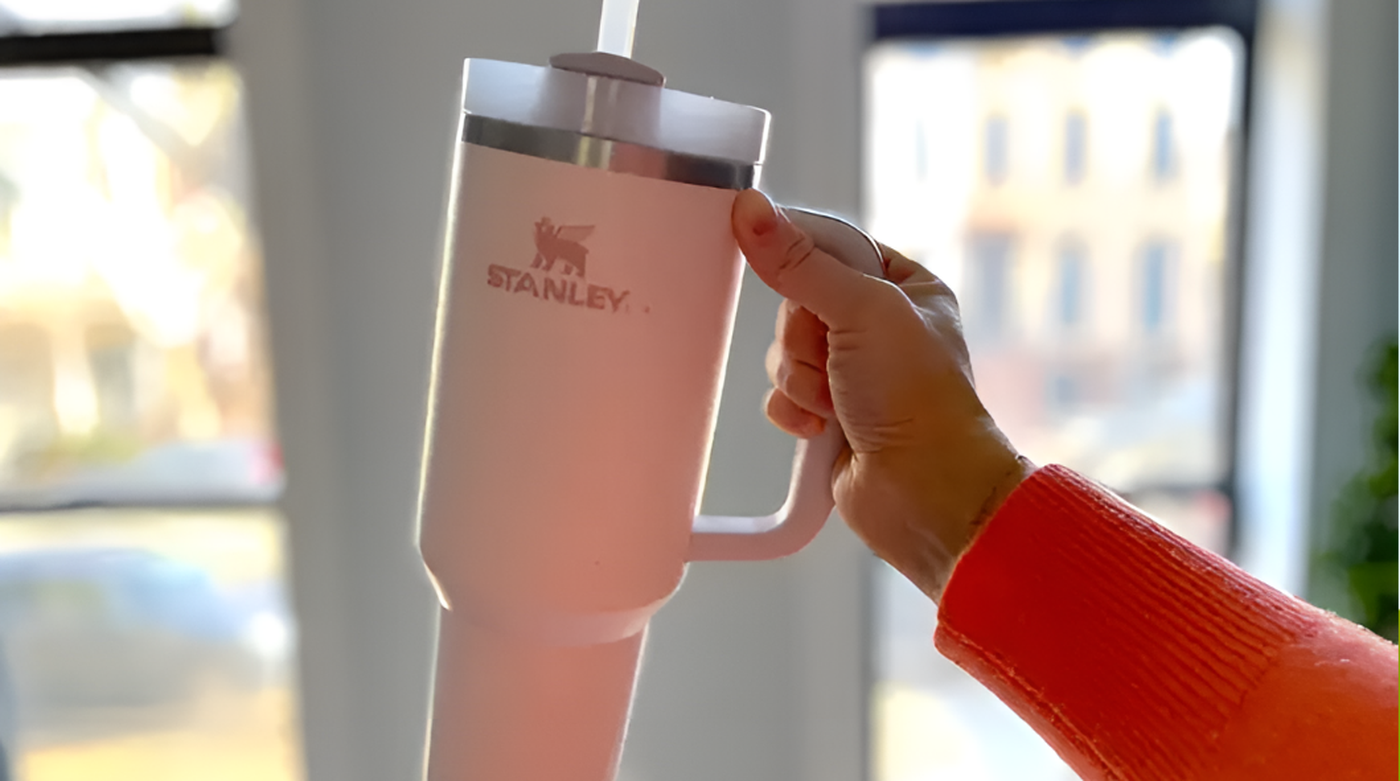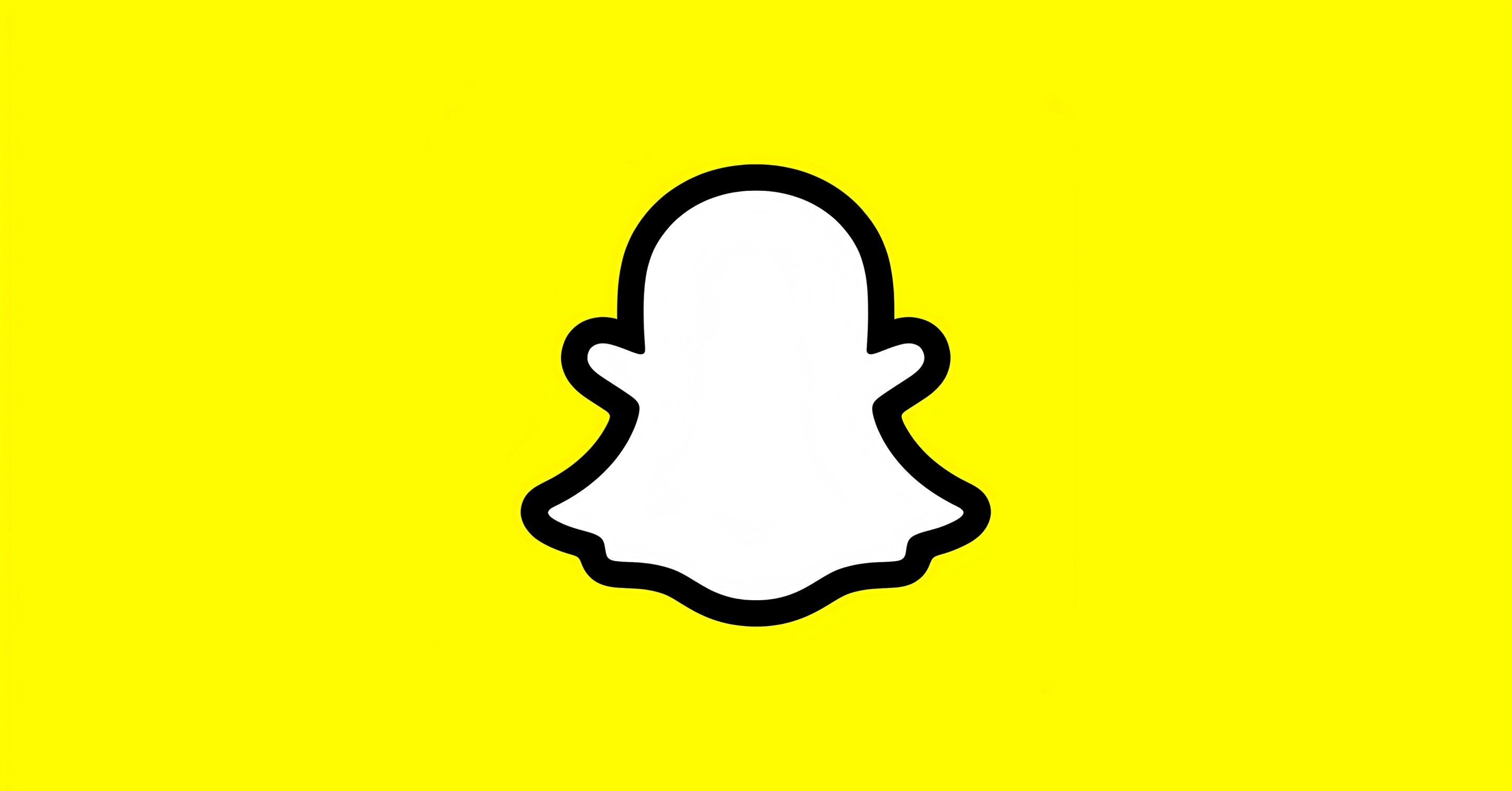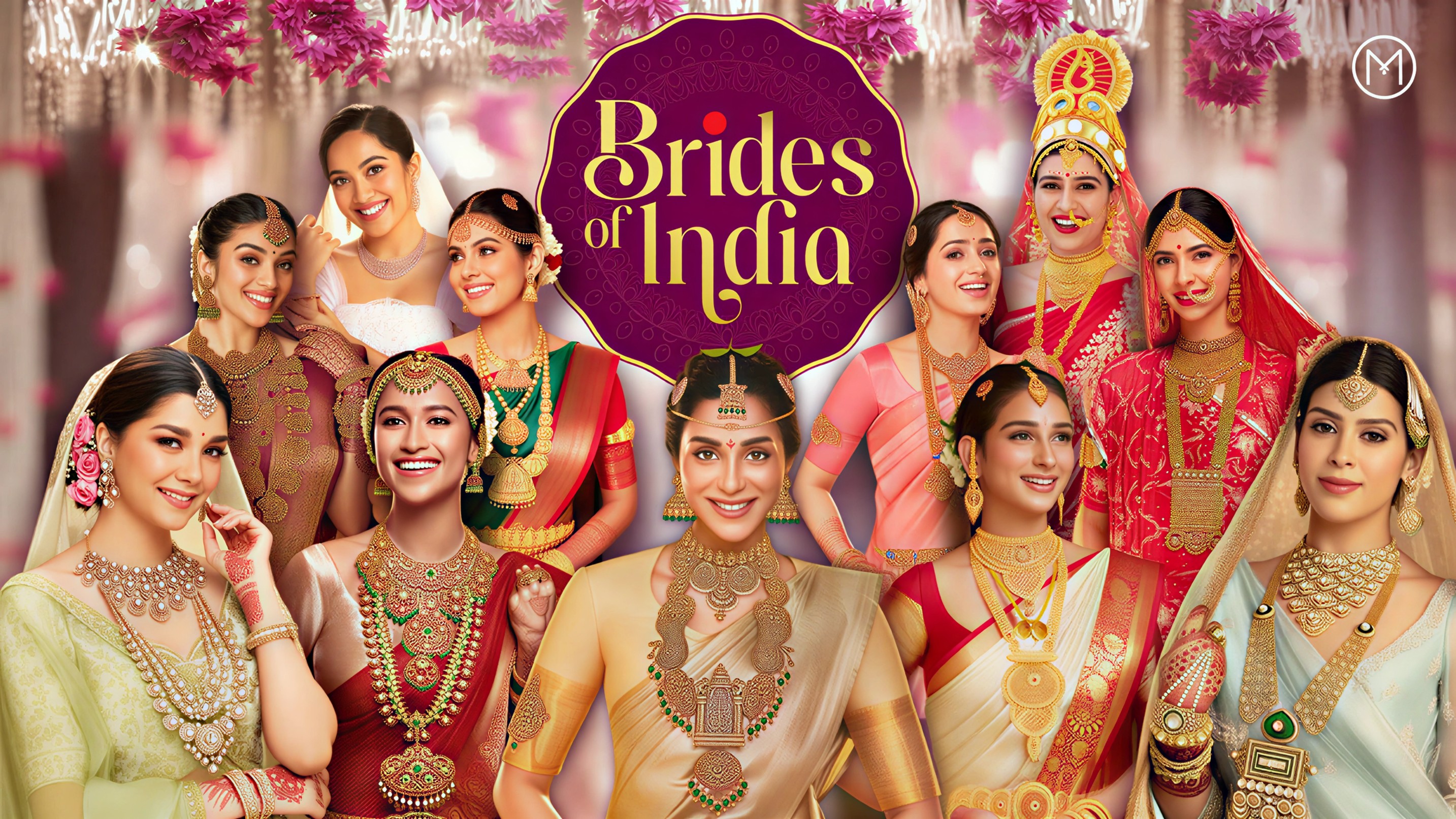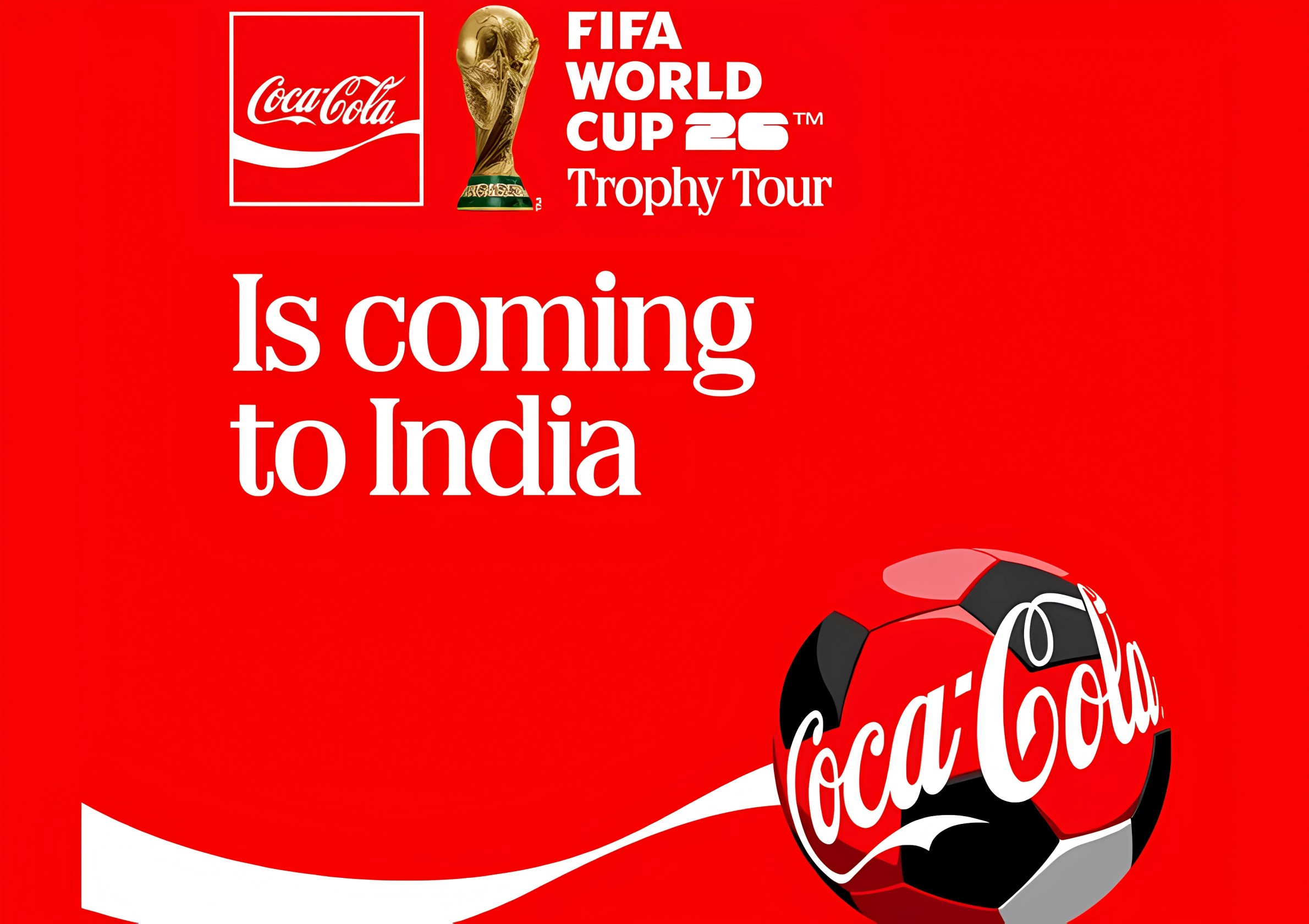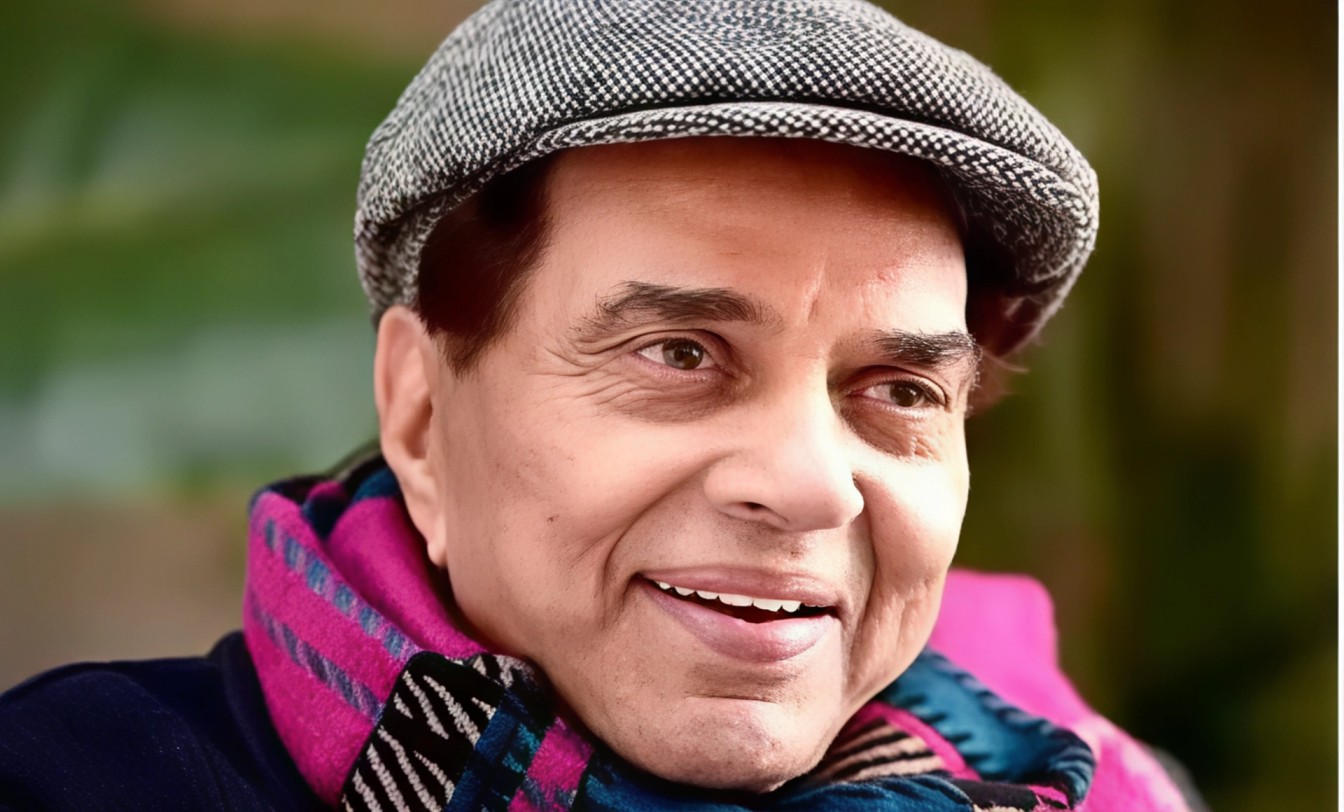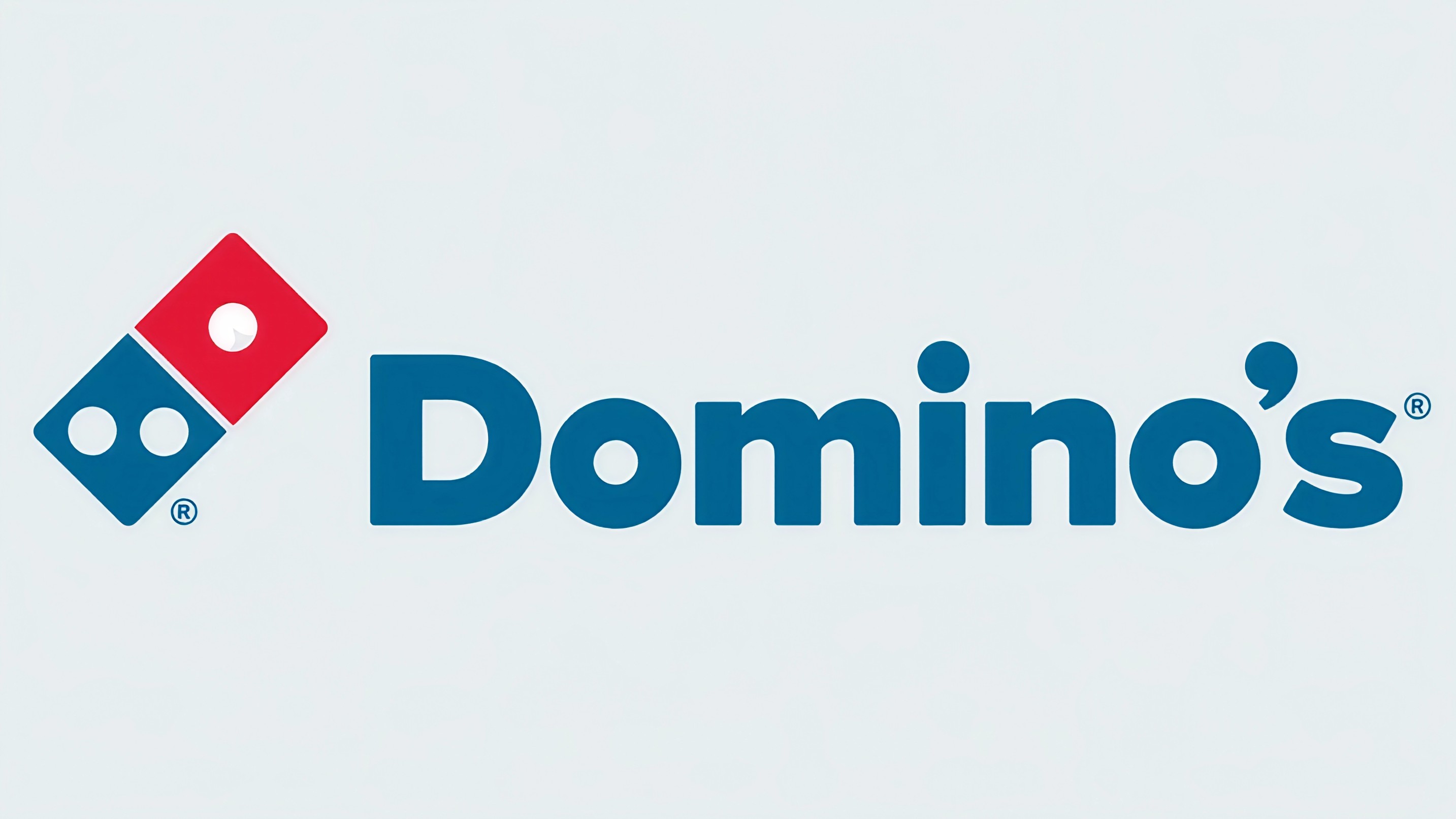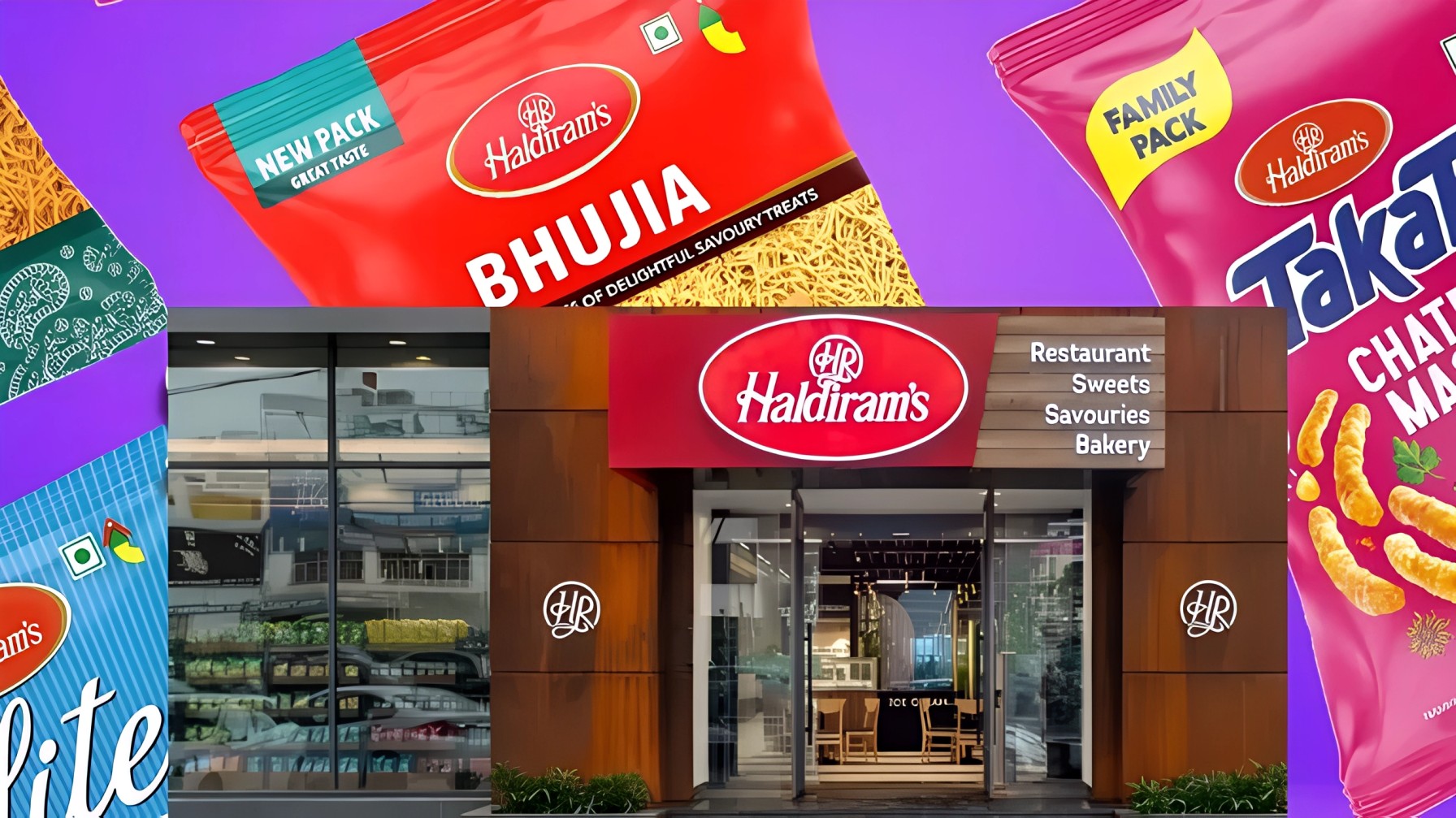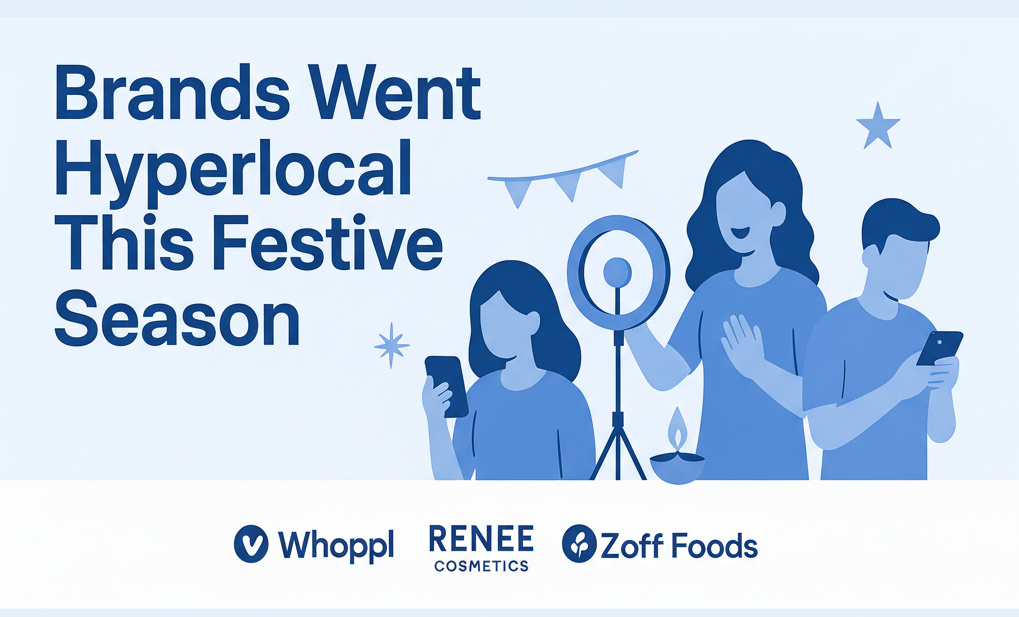Stanley Cup is a 110-year-old company. The products aren’t exceptionally novel and neither innovative.
But why is this brand resurging in sales?
Stanley Cup’s Revival
Stanley cup’s revenue growth has been massive. We suggest you stay hydrated for this one because the company’s revenue jumped from $74 million in 2019 to $750 million dollars in 2023! That’s a 100 times jump in 4 years.
But that’s social media virality. Thanks to Tik Tok, the company saw a resurgence in its sales figures and went laughing their way to the bank.
Deeper Case Study: What has Product Marketing got to do with it?
A lot goes behind the scenes while making a ‘brand’. And with the Stanley Cup, that’s exactly what happened.
When you buy a Stanley cup, you are not only buying the product, you are buying into the community of girls, who carry the product around. This builds a relatability with the brand.
Network effects in marketing are truly leveraging momentum. Think about the popularity of Whatsapp. We all switched from Black Berry messengers, when our friends started sending messages over Whatsapp.
Similarly, when people started buying the Stanley cup, it became cool owning one.
ADVERTISEMENT
And when anything reflects ‘status’ due to ownership, it creates the feeling of FOMO.
But how did a 110 year old company with limited product innovation become a brand everyone wants to own?
Brand Dynamics: Social Media to the Rescue
Stanley Cup understood that to survive in the marketing ‘wild’, they have to leave behind traditional marketing concepts. So it pivoted.
It began partnering with influencers and celebrities like Lainey Wilson. Even when it only launched limited products, like its most recent ‘Quencher’, it featured influencers in its campaigns on social media.
The messaging was simple and clear: Use our product and stay hydrated.
Marketing Genius of CEO Terrence Riley
If the name Terrence Riley does not ring a bill, then you probably never wore a pair of bedazzled Crocs.
Terrence Riley made Crocs cool again during his 5 year stint as their Chief Marketing Officer. By introducing charms, it helped customers of the brand personalise the otherwise ‘ugly’ looking shoes.
But how did he manage to pull this off?
A Tik-tok featuring a woman’s car on fire went viral. The woman pulled out her Stanley cup from the burning car. Not only was the cup intact, but the ice inside still hadn’t melted!
ADVERTISEMENT
Riley saw this as an opportunity to advertise that the cup was built for life. He also sent the woman a lifetime’s worth of Stanley cups and a brand new car!?
Did we mention she got a new car? Yep.
You’ll probably think of this as a marketing gimmick. But that execution tells you deeply about a brand’s values.
Here is a marketing lesson we always knew, but never bother remembering- brands are not built by the company, but built by the people who use them.
They are co-created by the customers. And if you invite your customers to be a part of your story, they are going to help you grow and scale new heights.
Marketing Pivot: How is Stanley differentiating itself from its competitors?
Stanley’s legacy began with the promise of keeping your coffee piping hot. Their core customers were the workmen at construction sites.
The theme of their advertising was thus, quite ‘masculine’. But the brand became a cultural phenomenon, all thanks to its female customers.
The other brands in the category, namely Yeti and Hydro Flask, have not quite upped their marketing game.
Yeti advertises its ice coolers, but they have not really tried to connect with their customers.
ADVERTISEMENT
Stanley Cup: Really Built to last?
The cultural contagion that the Stanley Cup has become, is all thanks to their promptness to rise to the occasion. You would think that their marketing is built to last, just like their products.
As is the case with anyone at the top; it's only lonely until another brand comes and disrupts the market.

